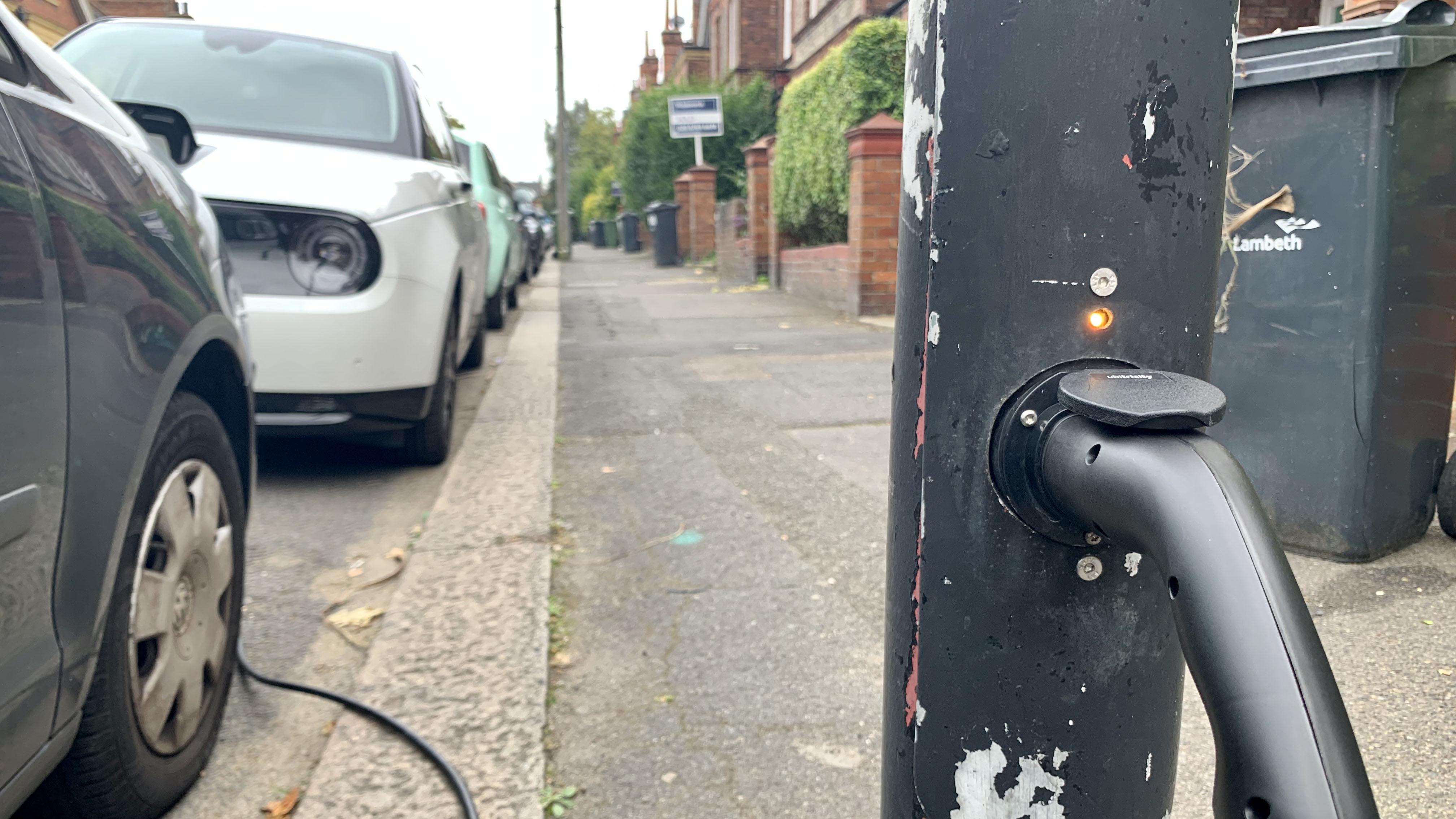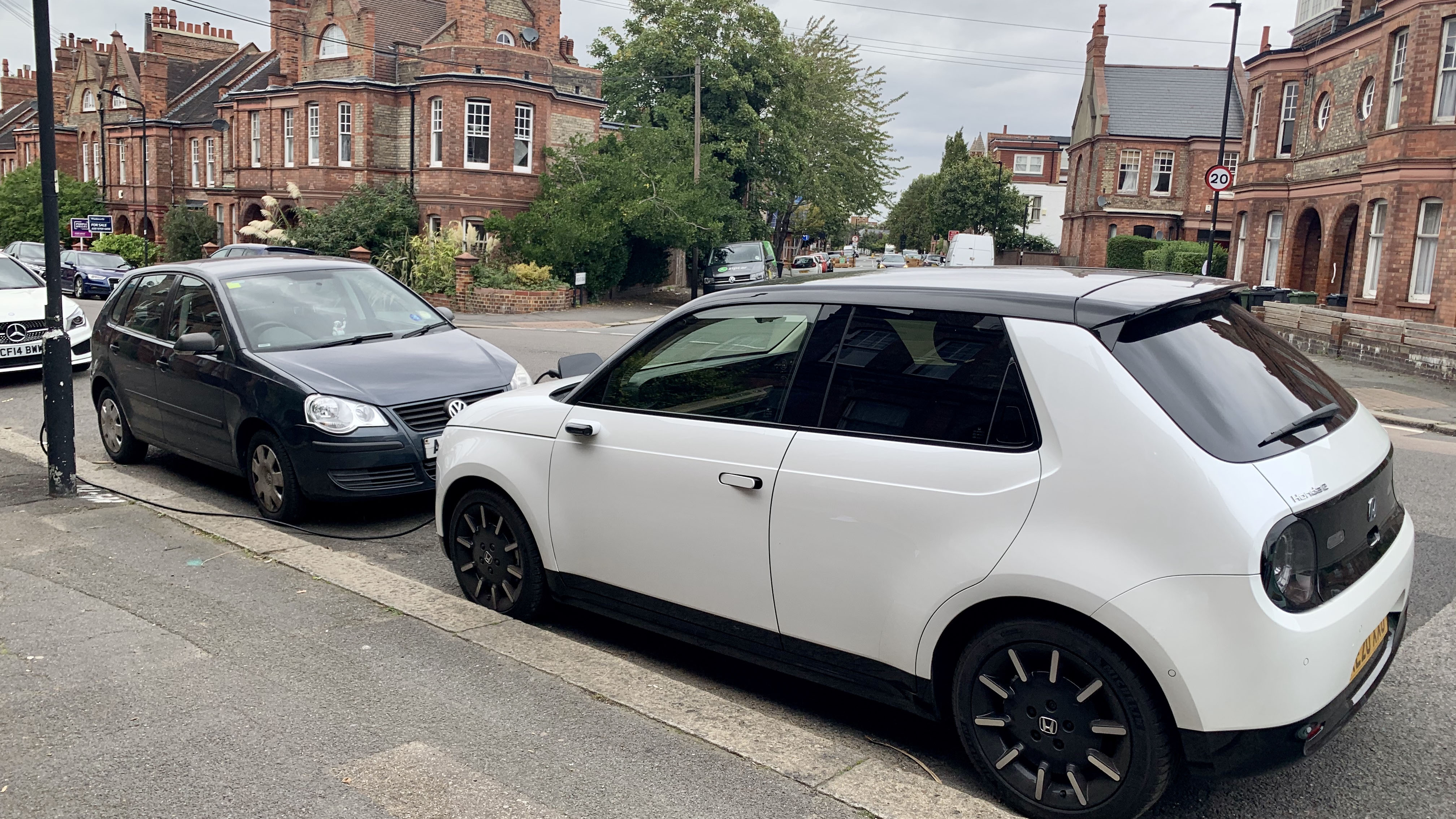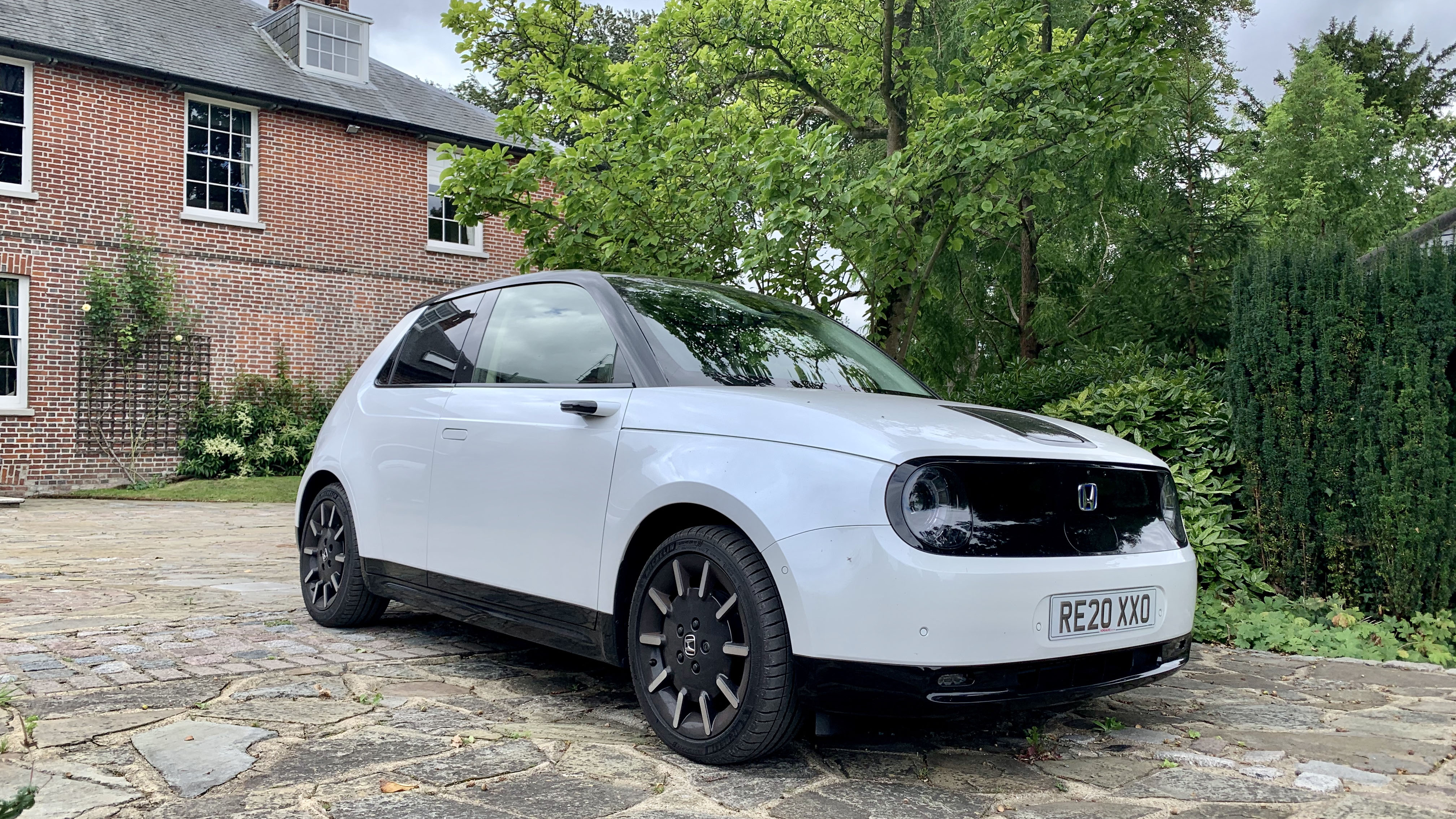
We're learning to live with the Honda e
Well this is fun isn’t it? As an inner-city dweller without off-street parking, I thought figuring out how to charge my electric car was going to be a monumental headache, and then actually charging it a regular pain in the backside. But no, because the options are many and varied it’s turning out to be a fascinating conundrum, sampling what’s on offer and figuring out what works for me.
Option one involves plugging a 10m extension lead into a three-pin socket in my hallway, running the cable down our front path, across the pavement (covered by a rubber mat to avoid any crippling law suits), connecting that to the e’s ‘granny’ lead and finally sticking the other end into the nose of the car.
Charging at a puny 2.3kw means a theoretical top-up from 0-100 per cent in 15 hours, but of course I’m never charging from zero, so as overnight replenishment it’s working fine… not the last-ditch solution I thought it would be, actually a first choice. Problem is getting the parking space directly outside the house, or very near to it. It’s a busy street, so nabbing pole position is a rarity rather than the norm.
Option two is using one of a handful of (up to 5.5kW) Ubitricity points installed in lampposts in the local area. They’re all clearly marked on Zap Map and using them is easy (scan QR code, insert own cable, enter payment details and away you go), but again without designated bays next to the post, the problem is finding one with a space near enough for the cable to stretch. And yes, I have contacted Ubitricty and Lambeth council several times about sticking one in the lamppost directly outside my front door… but to no avail.
Option three is a 50kw rapid charge and hanging around, usually checking my e-mails in the car, for an hour or so, while the e’s battery has a drink. The nearest is a 10-minute stroll from my house, hence why it's not really worth heading home only to turn around again minutes later.
But here’s what I’ve learned about charging, especially if you live in town… don’t panic. If you mostly stay within the city limits you’re not going to need to charge every day, maybe once or twice a week maximum, even in something with a range as low as the Honda’s. Yes, it requires a little forethought and planning, but there’s enormous satisfaction in getting it right.
Featured

Trending this week
- Car Review
BMW 1 Series
- Top Gear's Top 9
Nine dreadful bits of 'homeware' made by carmakers






